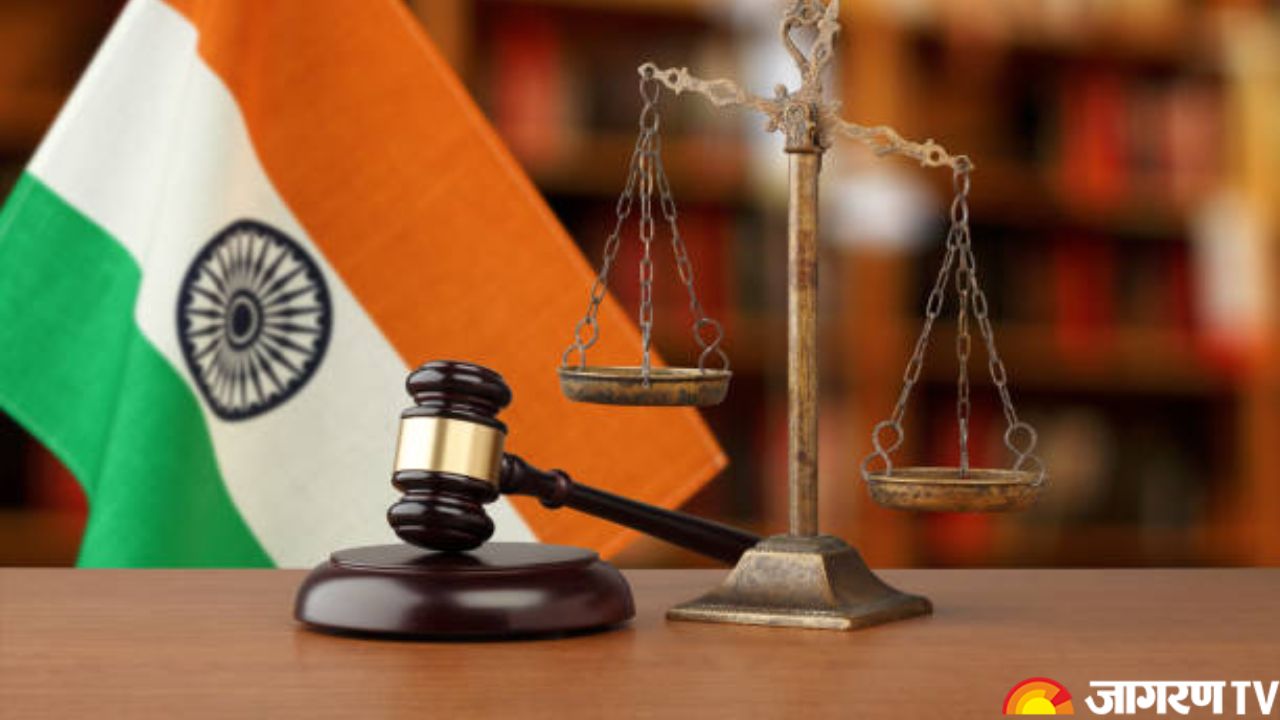Kolkata Rape Case: Supreme Court Takes Suo Moto Cognizance Action, How it Will Impact The Matter?

Kolkata Rape Case: The horrific incident of Kolkata’s trainee doctor’s brutal rape and murder has once again pointed fingers at the Indian Govt and other matters, as people all over the country are enraged with the incident and demand immediate action on the culprits. After the semi-naked body of the second-year postgraduate trainee doctor in the seminar hall of the RG Kar hospital was found on August 9, the humanity was once again was in question and the heinous crime sparked nationwide outrage. The matter has become a national concern and the Supreme Court has shared a major update to tackle the ongoing situation. On Sunday, the court took suo moto cognizance of the trainee doctor’s alleged rape and murder. On August 20, the case will be heard by a bench that includes Chief Justice of India DY Chandrachud, Justices JB Pardiwala and Manoj Misra.
Let us discuss more about Suo Moto, how it impacts the judiciary system and cases, examples of Suo Moto Cognizance, and more.
Suo Moto Cognizance Meaning
Suo moto cognizance is a Latin phrase meaning “on its own motion.” In legal terms, it refers to a court's authority to interfere in a case without a written request from the parties involved. This novel judicial power enables courts, particularly higher courts such as the Supreme Court and High Courts, to handle issues of significant public concern, ensure justice, and preserve the rule of law even when no complaint or petition has been filed.
A court takes Suo Moto Cognizance of a legal situation when it receives information about a violation of rights or a breach of duty by the media or a third-party petition. In India, Articles 32 and 226 of the Indian Constitution authorize the filing of Public Interest Litigation (PIL) in the Supreme Court and High Court, respectively.
When is Suo Moto Cognizance Applied?
Suo moto cognizance is typically applied in cases involving:
Human Rights Violations
Courts may act when there are reports of serious violations of fundamental rights, particularly those involving marginalized or vulnerable populations.
Environmental Issues
Courts frequently take suo moto action in matters involving environmental damage, pollution, or violations of environmental legislation.
Corruption and Governance
When government agencies or officials are suspected of corruption, mismanagement, or neglect of duty, the judiciary may step in to investigate and ensure accountability.
Social Justice
Issues such as custody deaths, police violence, or prejudice may compel the judiciary to intervene without a formal complaint.
Emergencies and Disasters
During natural catastrophes, pandemics, or other emergencies, courts may act suo moto to ensure proper relief efforts and protection of rights.
Why is Suo Moto Cognizance Applied?
Suo moto cognizance is necessary for the judiciary to preserve individual rights and guard the Constitution. The reasons are:
Address Gross Injustice
When a clear infringement of rights or grave injustice has not been brought to the court's attention, the judiciary may intervene to fix the situation.
Ensure Accountability
When authorities or institutions fail to act or are involved in wrongdoing, courts use suo moto cognizance to hold them responsible.
Protect Public Interest
Courts may act suo moto on issues affecting the greater public interest, such as environmental degradation, human rights violations, or government inaction.
Expedite Justice
In cases where postponing judicial involvement could result in irreparable injury, the court may decide to act on its own to avoid injustice.
Suo Moto Cases in India
Murthal Rape Case: In the Murthal Rape case, the Punjab and Haryana High Court granted Suo Moto jurisdiction over the crime. The court ordered the state government to turn over the phone records of top law enforcement officers who were present during the event. This case shows the legal executive’s proactive approach to ensuring responsibility and preventing crimes against women.
COVID-19 Pandemic: The Supreme Court conducted a suo moto review of some issues on the distribution and accessibility of requirements during the first wave of the 2020 coronavirus pandemic. The court played a crucial role in resolving the concerns brought up by the pandemic and protecting citizens’ rights.









